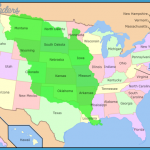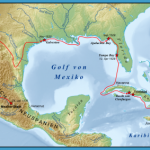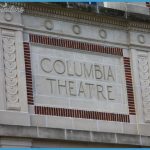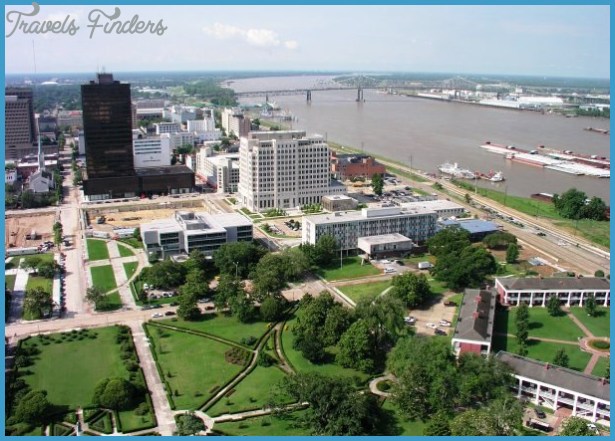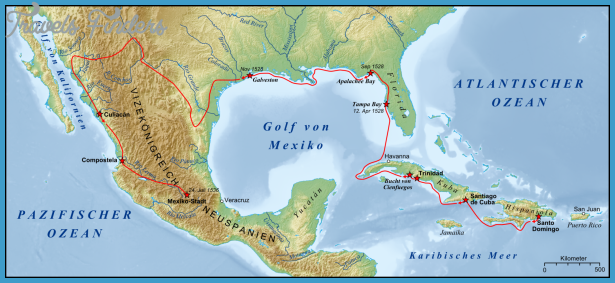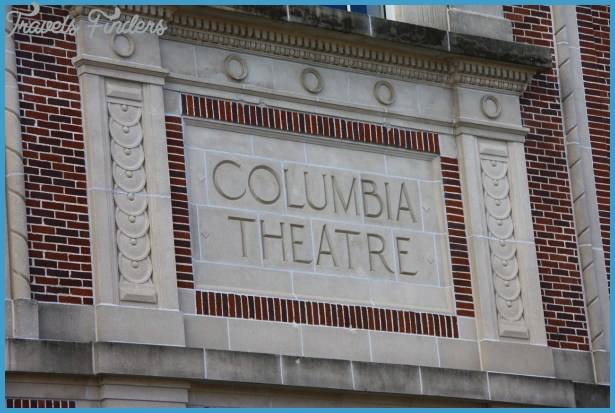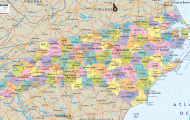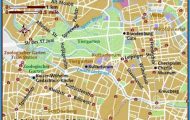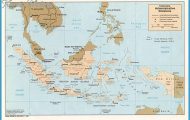CULTURAL CONTRIBUTIONS
The Latino presence in Louisiana predates and is coterminous with the economic and social development of the state. As one of the principal centers of journalistic and literary expression in the Spanish language during the nineteenth century, New Orleans alone has boasted a range of important newspapers and journals including El Independiente, Diario del Gobierno, La verdad, La Patria, and its predecessor El Hablador. By the mid-nineteenth century New Orleans had over 23 different Spanish-language newspapers and journals in which the top figures of Latin American politics and culture of the period disseminated what has come to be known as Latino literatures and cultures of the United States. Given
New Orleans’s unique location at the mouth of the Gulf of Mexico, the diffusion of Hispanic culture throughout the United States was literally carried up and down the Mississippi River and across the country.
Latinos in Louisiana have also infused the state’s music with the ethnic and linguistic particularisms that have made the state a harbinger of the nation’s musical heritage. Though Louisiana’s importance to U.S. popular music is undisputed, it is an often ignored fact that Cuban commercial exchanges with New Orleans also facilitated the arrival of musical forms that informed and complemented one another. Scholars have noted how the emergence of the Cuban danzon and son is roughly coterminous with the emergence of ragtime and jazz. In literature the poetic composition known as decima emerged from Isleho communities, and it still survives as a popular form of entertainment and versification. Composed chiefly of 10 octosyllabic lines, the decima could also be said to share affinities with what came to be known as corrido, or border ballad, in Texas.
Like the better known corrido tradition of southern Texas, the structure of the decima makes rote memorization easy, and its rhyme scheme allows for verbal play, double entendres, and the community-specific continuity of cultural memory. To this day decimas are sung at dances, community celebrations, and holidays, as well as during more intimate family events.
Latino arts have also flourished in Louisiana as Latino artists have found a visually and culturally diverse environment with an active plastic arts scene from the 1960s onward. Latino performance art has also emerged as an innovative and provocative form of cultural commentary and ethnic memory. For example, New Orleans-based Jose Torres Tama’s performance piece The Cone of Uncertainty: New Orleans After Katrina critiques government ineptitude in the wake of Hurricane Katrina through spoken-word poetry as well as ritual movement and dance, through the voices of a myriad of characters that he channels in order to bear witness to the abandonment of displaced Latinos whose suffering and resilience have remained largely ignored by the mainstream English-speaking press.
Local Latino stations such as Radio Tropical Caliente (KGLA), however, have kept Latino communities informed through Spanish-language programming. More recently, in 2007 Telemundo affiliate KGLA-DT has begun to offer sports coverage, talk-show entertainment, and more traditional cultural offerings such as telenovelas (soap operas), along with local programming and advertising, in addition to Telemundo’s national coverage.
The region’s cultural ties to Latino communities in the state and the Americas have been solidified through various educational and cultural industries. Important institutions such as Tulane University and Louisiana State University with historically close ties to the Caribbean and the Americas have established some of the country’s premier research centers devoted to the study of Latino, Latin American, and Caribbean cultures. State institutions such as the New
Orleans Jazz and Heritage Foundation have also acknowledged the importance of Latino culture to the region and the country through extremely popular festivals such as the Fiesta Latina, where jazz and Latin rhythms are seen as culturally constitutive of the ethno-linguistic diversity of the region. More populist cultural events are showcased in other festivals for example, the Carnival Latino in which the region’s heritage, as well as its present and future, are seen as imminently tied to Latino communities. Given the demographic explosion of Latino populations in the state, cities such as New Orleans are reclaiming their historical importance as the Gateway to the Americas.
NOTES
1. Armistead, 1992, 2.
2. For a discussion of Hispanophone print culture and New Orleans as its center in the nineteenth century, see Silva Gruesz, 2002, 108-120.
3. For a discussion of Hispanophone print culture and New Orleans as its center in the nineteenth century, see Silva Gruesz, 2002, 115.
4. Lima, 2007, 22-55.
5. For estimates of Latinos in the military during the Civil War and related history, see Thompson, 1976.
6. See Smith, 2005, 74.
7. Congressional Record Senate, list of Louisiana victims of lynching, http://www.iconn.org/documents/s%20res39CongressionalRecord6-13-2005SenateCom-ments.pdf (accessed December 12, 2007). Ken Gonzales Day’s Lynching in the West, 1850-1935 (2006) provides one of the few comprehensive attempts at documenting the historical erasure of Latinos from the history of lynching in the United States.
8. Garcia, 1981, 62.
9. Tichenor, 2002, 168.
10. Monto, 1994, 55-57.
11. Fussell, 2006, 1.
12. Euraque, 2004, 10, 32-33.
13. Euraque, 2004, 32.
14. Chabran, 1985, 138.
15. Chabran, 1985, 139.
16. Cited in David M. Reimers, Still the Golden Door: The Third World Comes to America (New York: Columbia University Press, 1992), 59.
17. Gomez, 2007, 2.
18. Berchak, 2007, 51-52.
19. Berchak, 2007, 69.
20. Quinones, 2006, A10.
21. Fox Gotham, 2007, 201.
22. Fiedman-Rudovsky, 2007.

